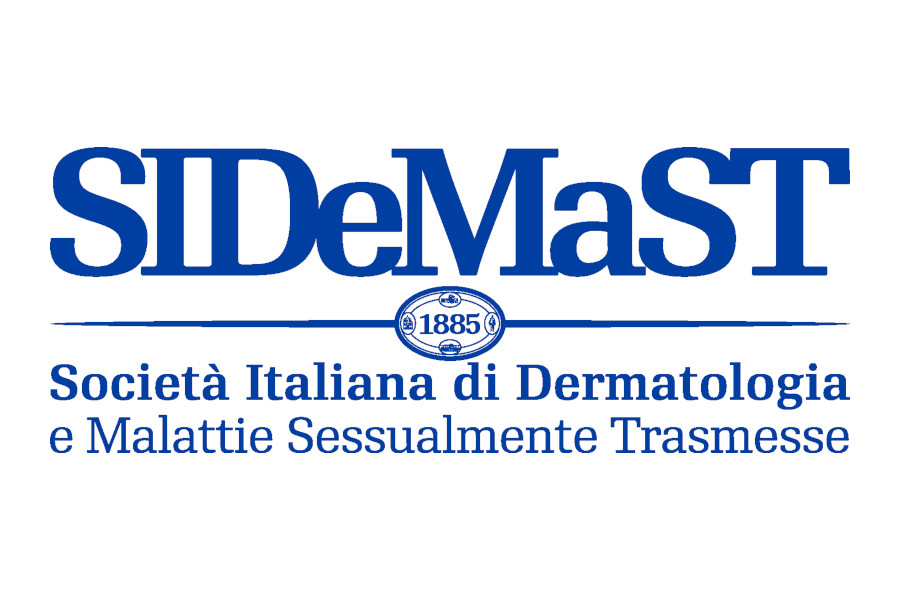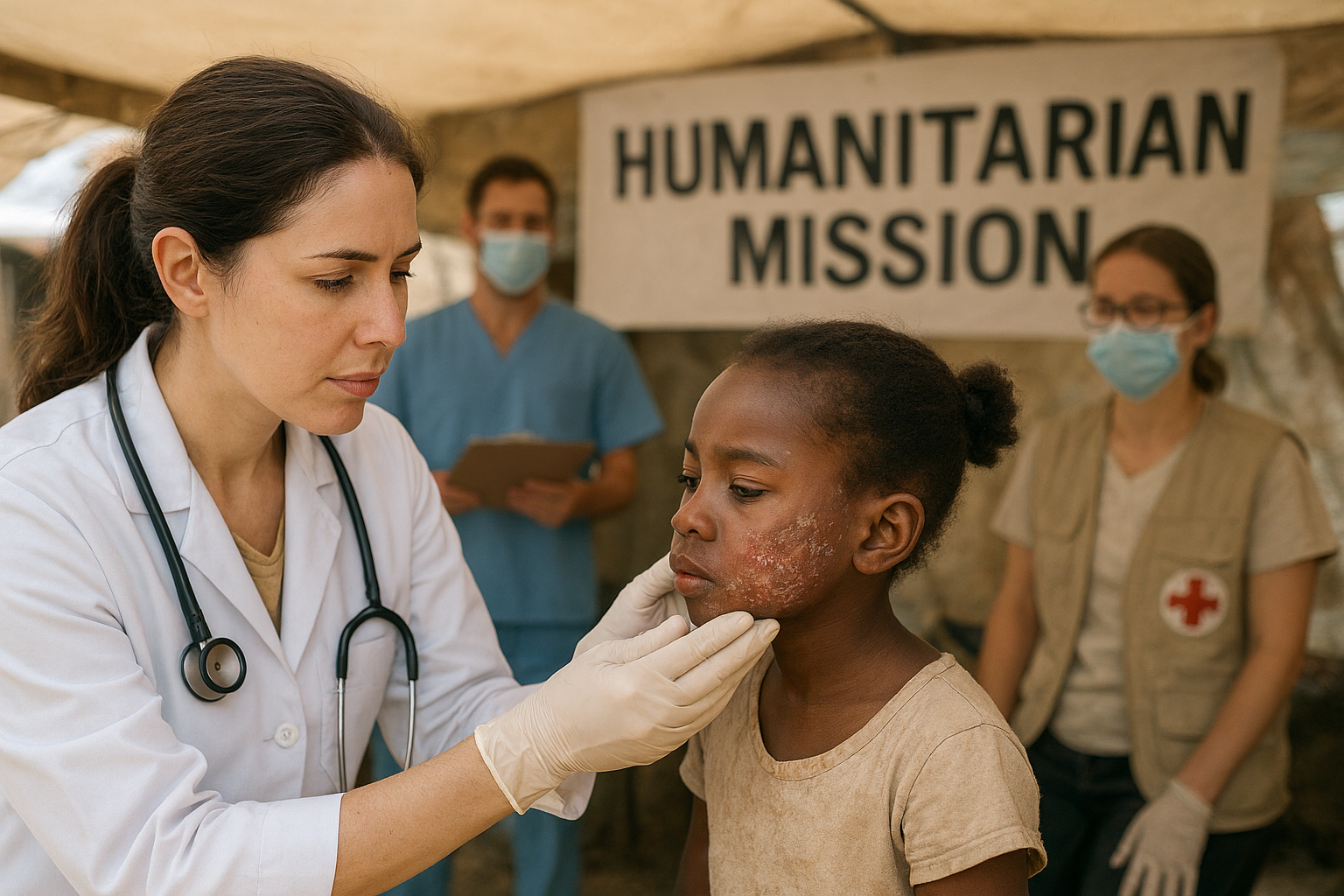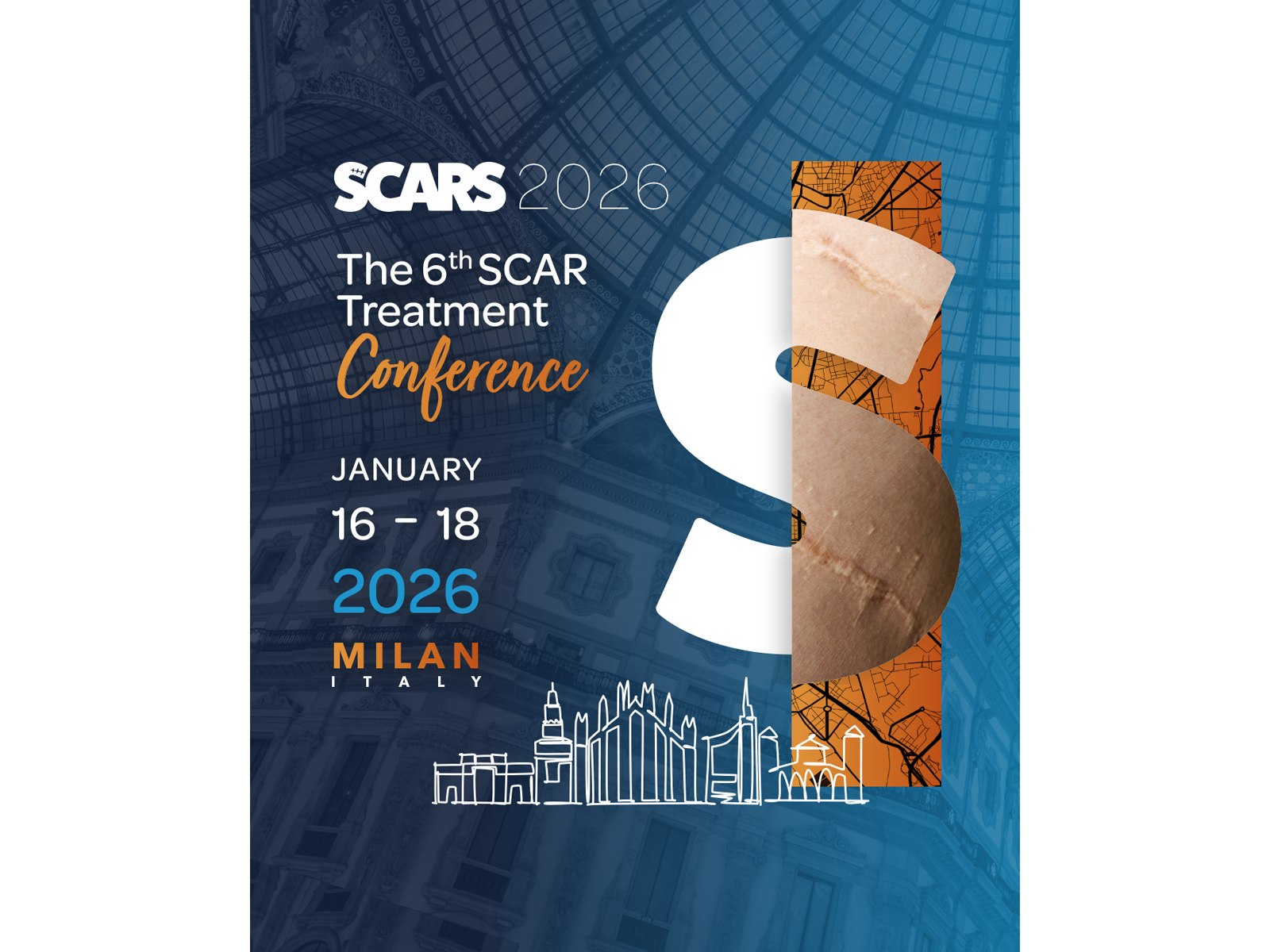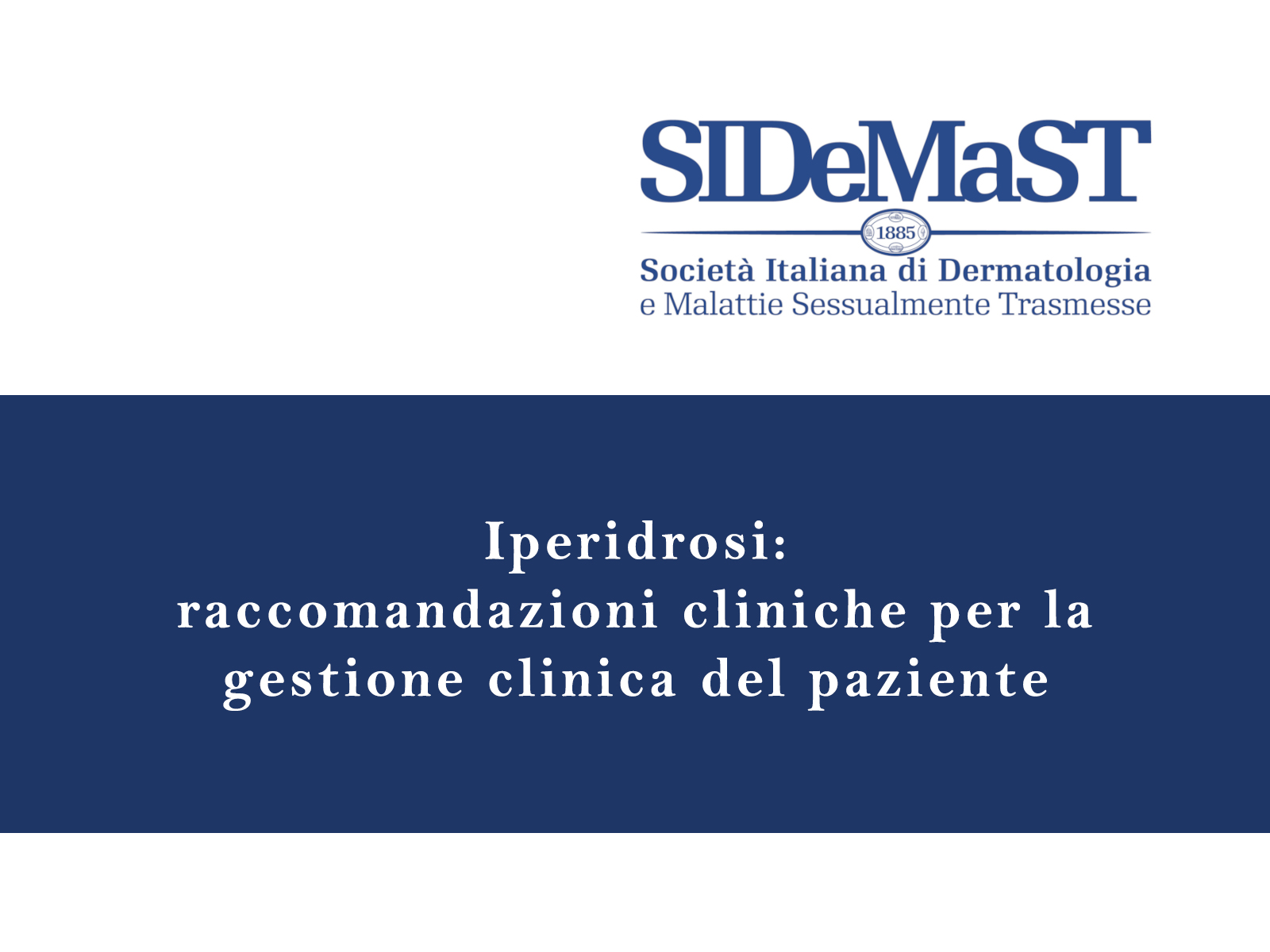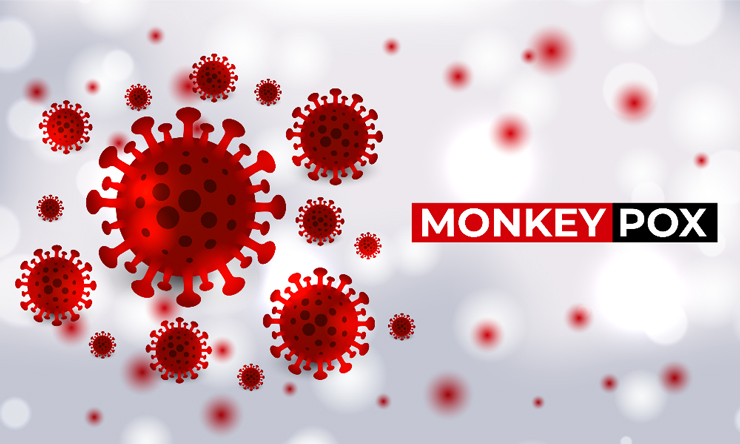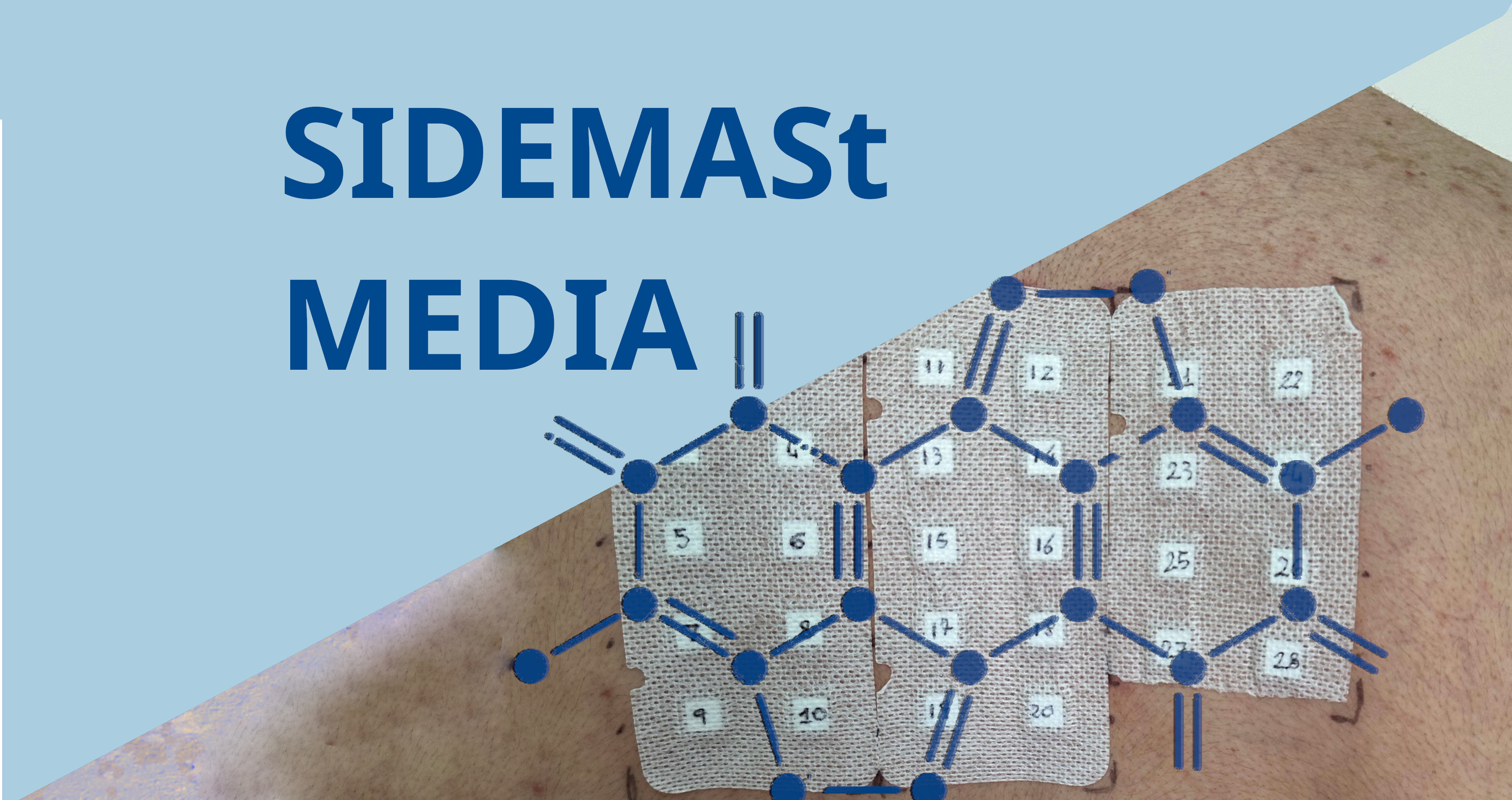Background There is increasing recognition of distinct inflammatory eruptions associated with checkpoint inhibitors. A better understanding of their severity, therapeutic response and impact on cancer treatment is needed.
Objective To analyze the different rashes associated with immunotherapy referred to our institution’s oncodermatology clinic and inpatient consultative service, and to evaluate their therapeutic response and impact on immunotherapy.
Methods We retrospectively reviewed patients’ medical records referred to the oncodermatology clinic or inpatient dermatology service between 2016-2018 at Yale-New Haven Hospital for eruptions that developed during immunotherapy.
Results 98 patients (51 men, 47 women) treated with checkpoint inhibitors developed 103 inflammatory eruptions, with a range of mean latency of 0.2-17.7 months. A minority (25/103; 24.3%) required immunotherapy interruption, most notably immunobullous (7/8; 87.5%), lichenoid (8/26; 30.8%), maculopapular (6/18; 33.3%), and SJS-like (2/2, 100%) reactions. Only 3/16 (18.8%) interrupted cases developed a grade 2 or 3 flare on rechallenge. Most reactions (93/103; 90.3%) responded to dermatologic therapy and/or immunotherapy interruption.
Limitations This was a retrospective study from a single tertiary care center.
Conclusion A variety of inflammatory reactions may occur from immunotherapy with differing degrees of severity. While most rashes responded to topical treatment, immunobullous and exfoliative presentations frequently interrupted immunotherapy. Increased awareness and early recognition may reduce the need for unnecessary immunotherapy interruption.
